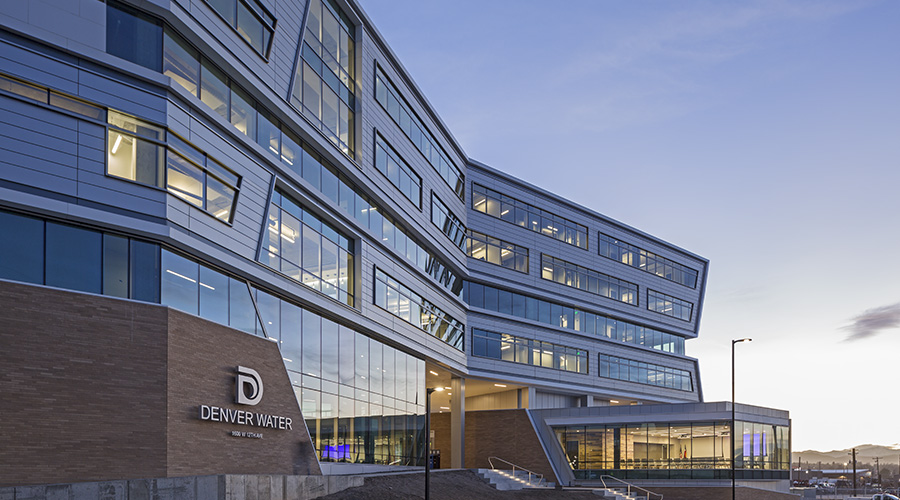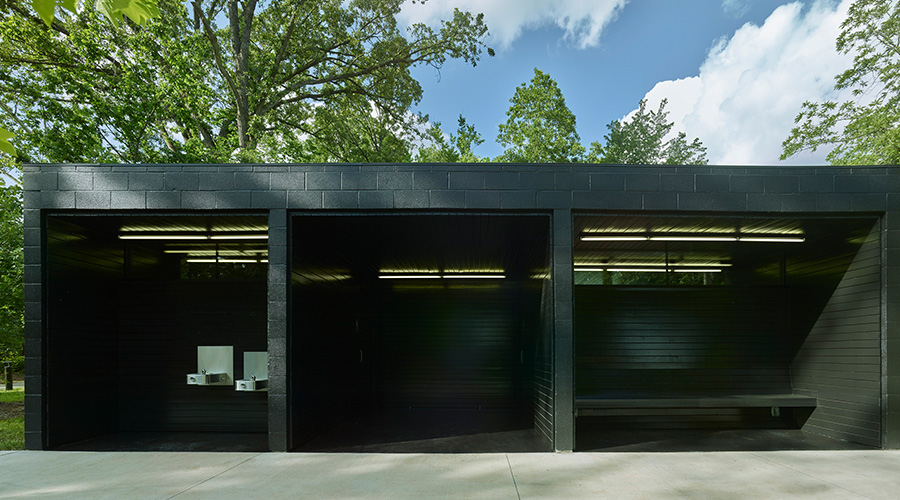Restroom Redesign: Benefits for Facility Managers
The Field Museum in Chicago is world-known for its Tyrannosaurus rex, SUE, the largest and most complete T-rex skeleton yet discovered. But that's not the only spot in the museum causing people to "ooh" and "aah."
"They're taking pictures, in a bathroom," says Ernst Pierre-Toussaint, director of facilities at the museum. The Field Museum has over one million visitors a year, with up to 400,000 of them school children. The two biggest restrooms that serve this population, one located near where the children arrive and have lunch and the other located near the McDonald's on the premises, were renovated with an eye towards making the museum experience seamless.
"The museum is all about the different exhibits," says Pierre-Toussaint. "The concept popped up to do the renovation so that when someone is coming in from the exhibit hall, it's not like you're going into a different space. You're still in the museum."
Looking closely at three different restroom renovation projects — in the museum, an airport and a performing arts center — it's clear that the Field Museum is not alone in considering how to make the experience of a facility seamless from the general space into the restroom space. Restrooms not only have to serve an obvious functional need, but if done right can also support an organization's culture and present facility managers as forward thinking, understanding their employees and visitors as whole people.
The Evolution in Restroom Design
Commercial restroom design has not always been approached in such a holistic fashion. For example, the 1970s was another austere era in the economy and people weren't splurging on restroom facilities built or renovated around that time. They were just trying to get things done at the most functional level, says John Douglas, architect with Douglas Architecture and Planning. Today, expectations are a lot higher across the board. "People want a nice quality level to their restrooms these days," Douglas says. "It's not a mandated thing or a functional thing. It's part of daily life and people expect a lot."
Michael Lingerfelt, immediate past president of AIA Florida and currently a member of the American Institute of Architects retail and entertainment committee, says people are realizing that the restrooms are more than a commodity space. "You're going to spend some time during your business day in there," he says. It is important that the design and operation of commercial restrooms be a continuation of the organization's culture and image. In addition, it must be recognized that restrooms provide for more than just the basic functional needs. "A lot of people take it as a respite. If you can create those kinds of decompression moments in an environment that's warm and inviting, it says to employees that they're of value," says Lingerfelt.
Related Topics:















